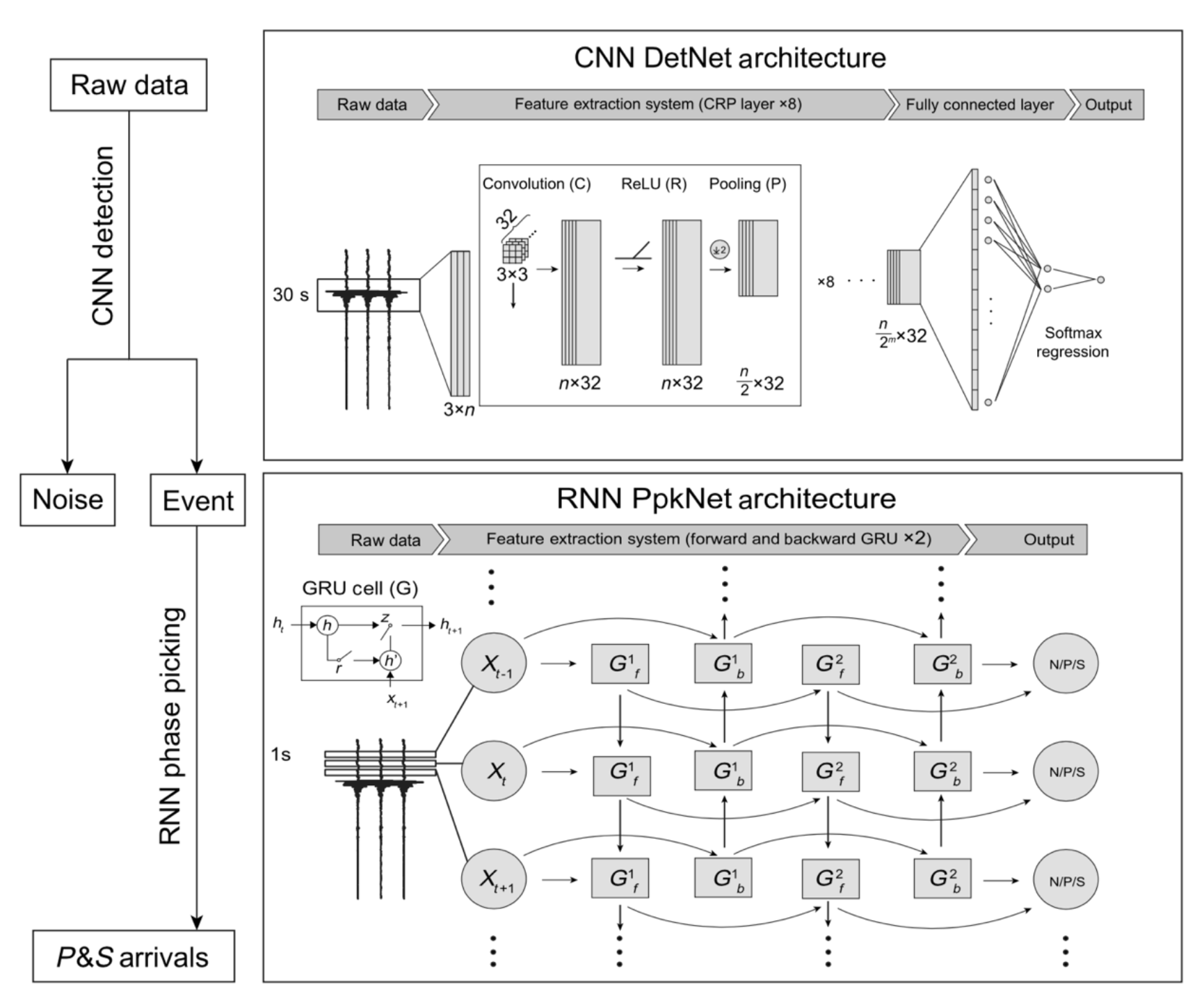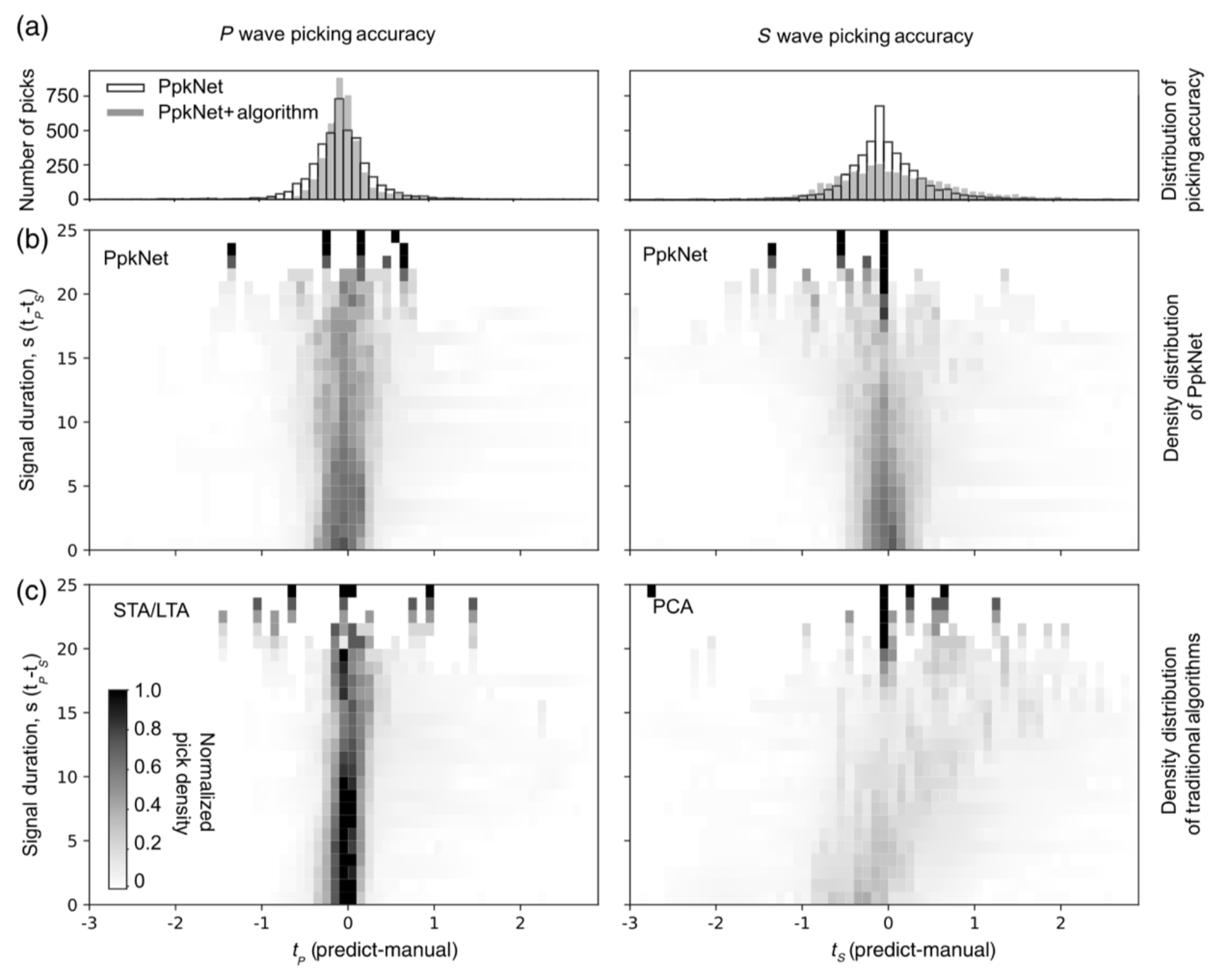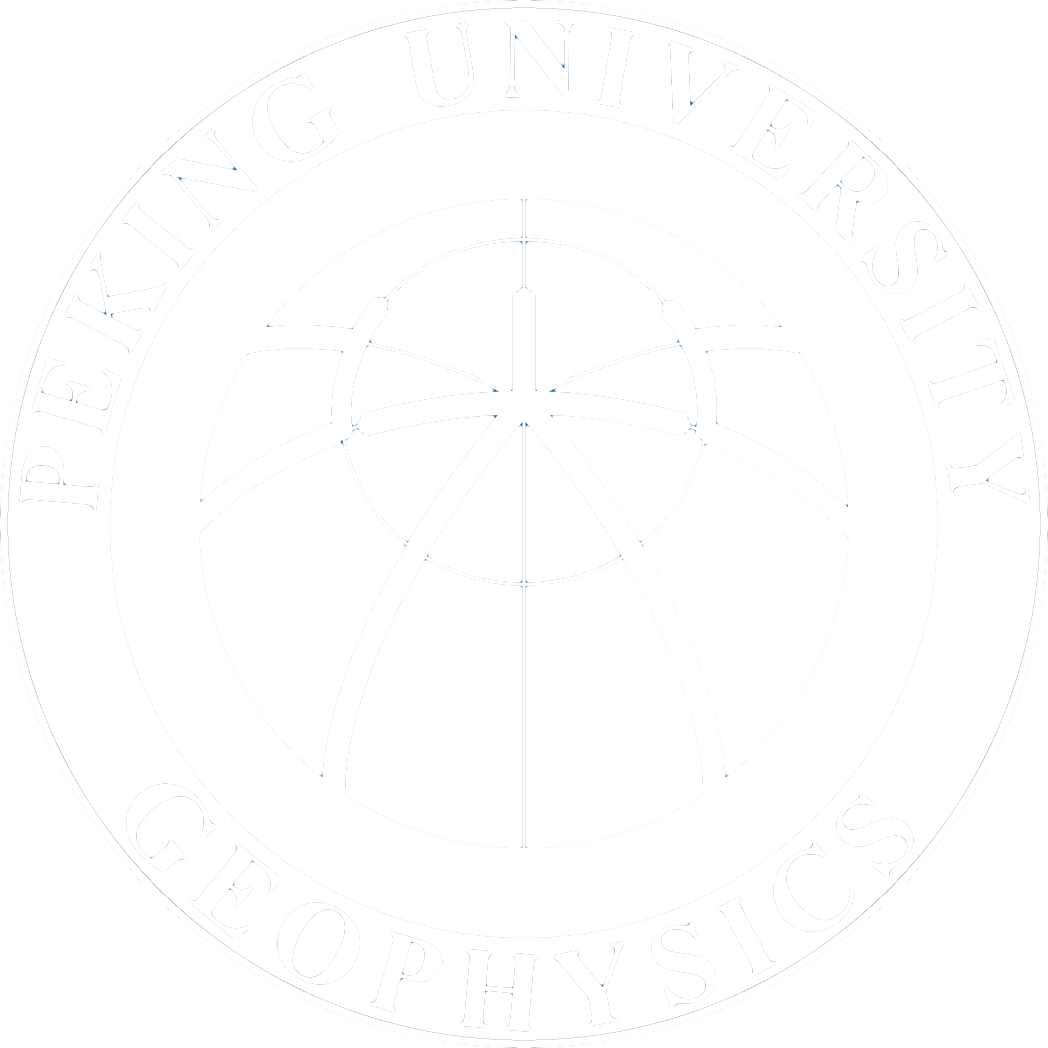Hybrid Event Detection and Phase‐Picking Algorithm Using Convolutional and Recurrent Neural Networks
2020-07-13
The automatic earthquake detection and phase picking are basic processes in seismic data processing. The accuracy of detection and the precision of picking determines the location error and quality in analyzing seismicity. This process is usually accomplished by human inspection. However, recent development in seismic observation results in an exploding data volume, which calls for the need of automatic algorithm, and sets a high standard for the efficiency and effectiveness.
Traditional detection algorithm includes short-term average over long-term average (STA/LTA) and matched filter technique (MFT). The STA/LTA method detect earthquakes by picking energy pulse in seismograms. This type of algorithm is easily affected by noise level, especially the pulse-type noise generated by human activities. The MFT method detect earthquakes based on waveform similarity and are effective under high noise level. However, an incomplete template set may introduce a biased result, and cross-correlation suffers from low computational efficiency. Thus, the two rule-based algorithm cannot realize both efficient and effective detection.
With the development of artificial intelligence (AI), deep learning algorithm shows surprising performance in image classification, audio detection and natural language processing. Deep learning is a type of data-driven method, which is different from model-based algorithm that is common in geophysics researches. The data-driven method incorporates numerous labelled samples to ‘train’ the neural network, instead of designing mathematically described criteria. The trained neural network can often reach a performance that is comparable to human experts, while the efficiency is much higher. In a nutshell, the data-driven method is suitable for the kind of tasks that are ‘easy to learn, but hard to model‘: The earthquake detection problem is just such a problem.
The data-driven methods suggest another strategy that utilize neural networks to automatically extract statistical feature in the training data, by which the network gains the ability to process unknown datasets. Successful deep learning models include convolutional neural network (CNN) and recurrent neural network (RNN). CNN features spatial invariant operation, and is suitable for imaging processing; RNN models sequential feature and is powerful in dealing with audio signal. We propose that both image feature and audio feature exist in seismic data, which is especially important in detection and phase picking task (Figure 1).

Figure 1. The structure of neural network incorporating CNN for earthquake detection and RNN for phase picking
We compare the three-channel seismic data with RGB channel in image: the shape of P & S wave, and the relative amplitude in vertical and horizontal channel are important in earthquake detection. For phase picking, the sequential information of phase arrival, such as the P wave always arrive earlier than S, and the attenuating tail wave etc., are key reference in human inspection. Based on this knowledge, we solve earthquake detection task as image classification problem, and trained CNN for discriminating Earthquake and Noise samples; and solve phase picking task as sequential labelling problem in audio processing, and trained RNN to label seismic waveform frame-by-frame. Combining the CNN and RNN, we can directly extract P&S arrivals from raw seismic data.
Based on Wenchuan data provided by the contest “AI Detection of Aftershock” held by China Earthquake Administration and Alibaba, we train the neural networks with more than 20,000 P&S phase. We finally reached a detection accuracy of 94% and 98% for earthquake signal and noise samples; and a picking precision of -0.03±0.48s and 0.03±0.56s (mean ± std) for P and S wave. Compared with traditional STA/LTA, the detection accuracy for noise samples are significantly higher, and the picking precision for S wave is greatly improved.

Figure 2. Comparison of picking precision. Histogram of picking error for P and S wave and the variation by epicentral distance is plotted in the top and bottom panels, respectively. The result of CNN+RNN and traditional methods are plotted in left and right panels, respectively.
This project is accomplished by Han YUE and Shiyong ZHOU’s research group, where Yijian ZHOU, a Master student, is the main contributor. The related code is implemented with Tensorflow, and is open-sourced on Github (https://github.com/YijianZhou/CDRP_TF). The paper is published on Seismological Research Letters (SRL) in 2019.
Zhou, Y., Yue, H., Kong, Q., & Zhou, S. (2019). Hybrid event detection and phase‐picking algorithm using convolutional and recurrent neural networks. Seismological Research Letters, 90(3), 1079-1087. https://doi.org/10.1785/0220180319
